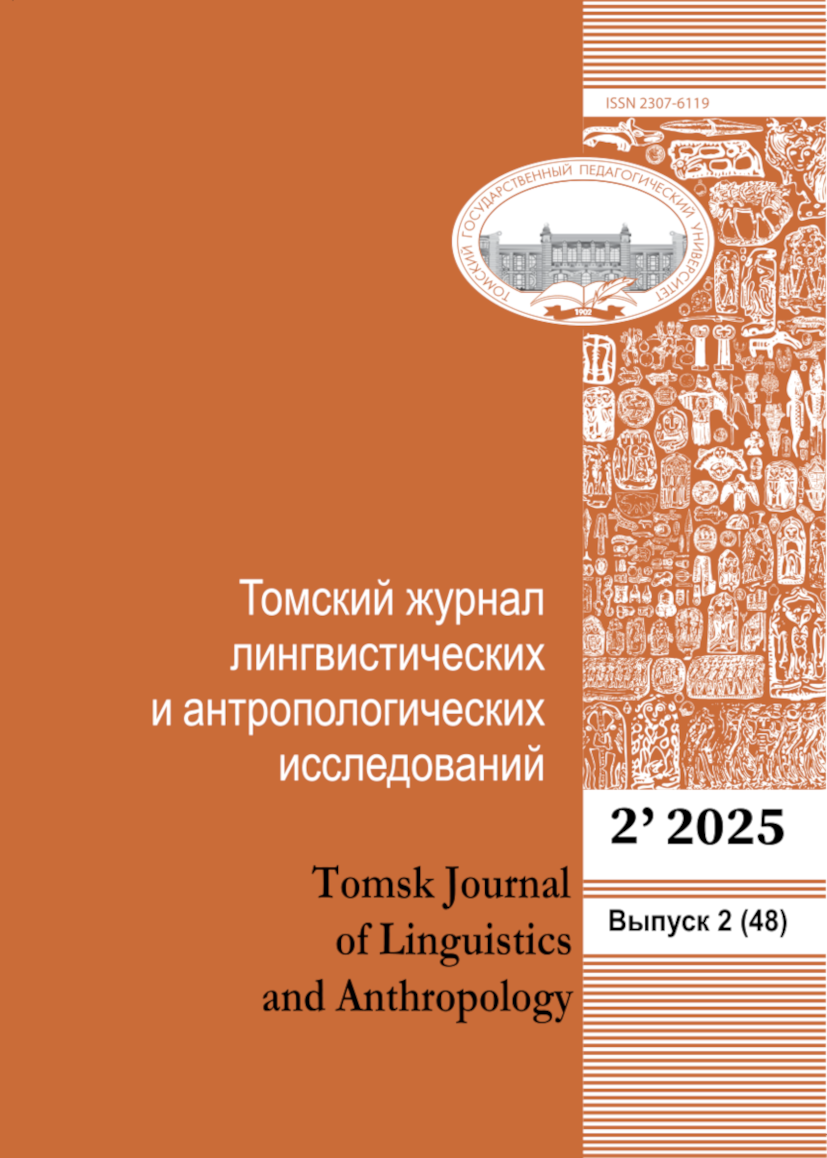The article examines the names of butterflies in the Altai language from the point of view of their morphological and lexical-semantic features. The relevance of the study lies in the lack of knowledge of this lexicalsemantic group of words. The work uses descriptive, comparative methods as well as methods of morphological, lexical-semantic, and motivational analysis. The novelty of the study lies in the identification of the composition of the vocabulary denoted by butterflies, in the study of the internal form of these insectonyms, the main methods of naming and word formation models, in the determination of the national and cultural characteristics of this lexical-semantic group in the Altai language. The generic name kӧbӧlӧk ‘butterfly’ belongs to the general Turkic vocabulary, while the specific names are Altai. Certain stereotypes about butterflies have developed in the popular consciousness of Altai people: a negative attitude towards nocturnal butterfly species, which are ‘ugly in color,’ and daytime butterflies which ‘harm plants.’ Some names of butterflies reflect the mythological idea that butterflies are creatures created by the deity of the underworld. These insectonyms include various mythonyms associated with the shamanic and pagan beliefs of the Altai people. In the fiction of the Altai people, the butterfly is a symbol of beauty, lightness, and freedom. Various lexical-semantic features and word formation models characterize the names of the butterflies. Decisive for naming butterflies were the characteristics of color, habitat, action, their similarity to other representatives of the fauna, and some mythologies that connect these insects with the other world. When naming butterflies, a distinction is made between one-part and mostly two-part (compound) words, which are formed using suffixes and analytical methods. When forming insectonyms, the most productive suffixes are -chy/-che, -ak/-ek/-k, -gash. Between the components of the actual complex compound names of insects, the attributive or isafetic connection is the most characteristic. Lexicalization, conversion with affixation (konokchy, talbyŋduush), and calquing (kachangash ‘butterfly lands on cabbage’) can be observed in the word-formation of this entomological group of vocabulary. The material studied can be used in the compilation of translation, explanation, and terminology dictionaries of the Altai language, which constitutes the practical value of this article.
 9-17
9-17


 18-31
18-31


 32-44
32-44


 45-53
45-53


 54-62
54-62


 63-72
63-72


 73-80
73-80


 81-91
81-91


 92-102
92-102


 103-112
103-112


 113-122
113-122


 123-135
123-135












